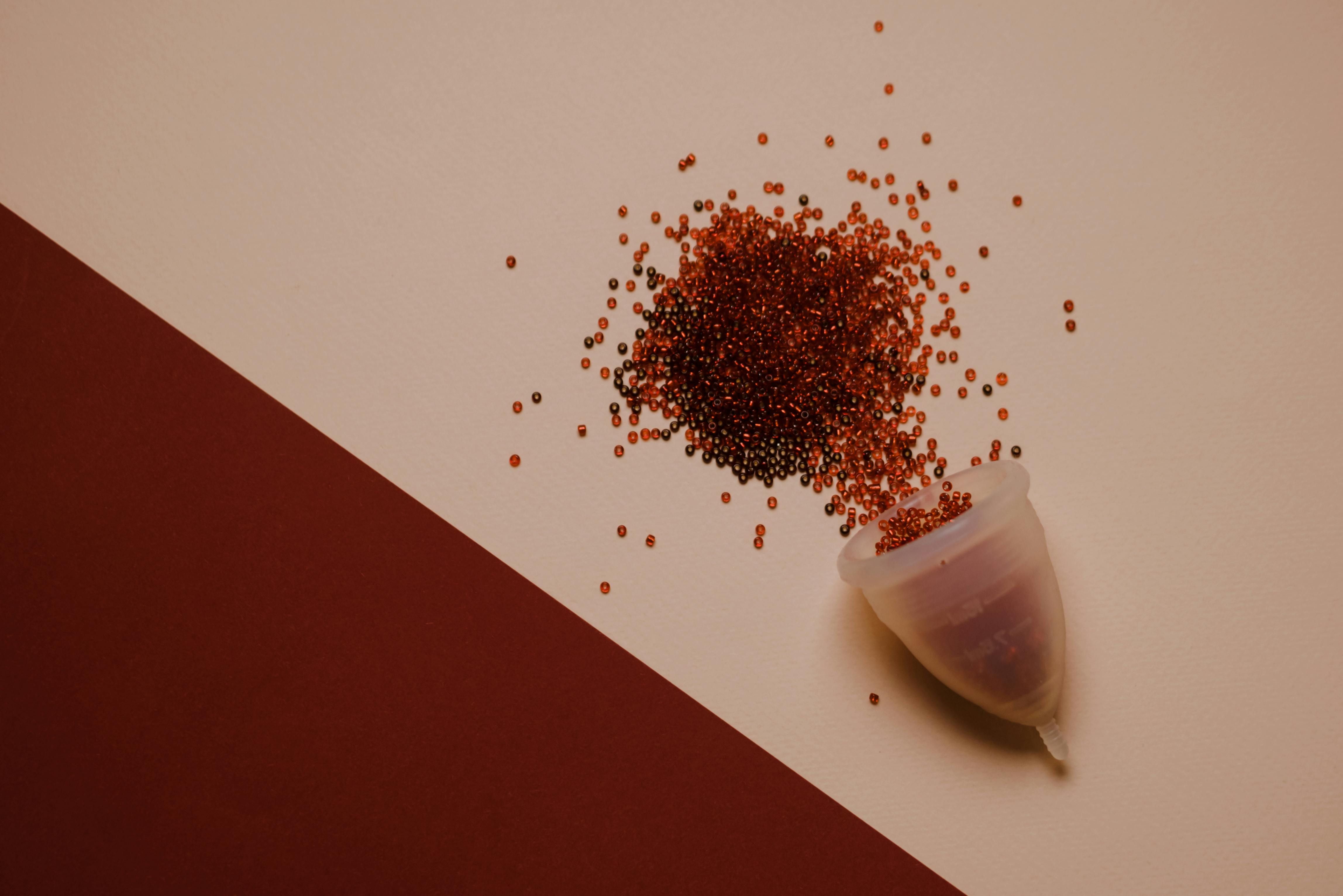
How Circadian Fasting Benefits Women’s Health
When it comes to fasting, timing is everything—literally. Aligning your eating patterns with your body’s circadian rhythm—your internal 24-hour clock—...

Intermittent fasting (IF) has gained popularity as a method of improving metabolic health and aiding in weight management. Among the most common methods are the 16/8 protocol, where eating is restricted to an 8-hour window each day, and the 5:2 diet, which involves consuming a very low calorie intake two days a week.
Despite its popularity, the specific effects of IF on women’s health, particularly in relation to menstruation, are under-researched, sparking interest and debate among both the scientific community and the general public.
The menstrual cycle is governed by fluctuations in hormones such as estrogen and progesterone and can cause symptoms like cramps, mood swings, cravings, and fatigue. These symptoms reflect underlying biological processes that can be influenced by diet.
The World Health Organization recommends that women increase their iron intake due to the loss experienced during menstruation, suggesting 18 mg per day, increasing to 27 mg during pregnancy.
Additionally, B vitamins are important as they support the synthesis of neurotransmitters like serotonin, which can help regulate mood swings during menstruation, according to the study “The effects of vitamin B6 on premenstrual syndrome”.

Intermittent fasting involves alternating periods of eating with periods of fasting and includes several methods such as the 16/8 method and the 5:2 diet. Dr. Mark Mattson’s review in the New England Journal of Medicine outlines benefits such as improved insulin sensitivity and increased longevity.
However, he also cautions about risks including nutrient deficiencies and potential cognitive impairments during fasting periods.
Interactions between the hormonal fluctuations of the menstrual cycle and metabolic changes induced by IF can be complex. Research in the The International Journal on the Biology of Stress indicates that acute caloric restriction can raise cortisol levels, which may disrupt hormonal balance and exacerbate menstrual symptoms.
On the other hand, a study by Wageningen University suggests that IF might help in regulating levels of estrogen and progesterone, potentially easing PMS symptoms.
The specific impact of IF on menstruation has been explored in limited studies. A pilot study detailed in the Western Undergraduate Research Journal: Health and Natural Sciences found that while some women reported no change in their menstrual regularity, others experienced alterations in cycle length and symptom severity. This pilot study underscores the need for larger, more detailed research to fully understand how IF affects menstrual health.
When we at the Prime Fasting App delved into how intermittent fasting impacts menstruation, we really wanted to connect with the real experiences of women who use our app. So, we conducted a community survey that gathered responses from over 2,000 women, and the insights we gained were truly eye-opening.
Interestingly, about 43% of our respondents told us that their menstrual cycles became more regular with intermittent fasting. This could be due to the way fasting influences hormonal balance and metabolism—think improvements in insulin sensitivity or reductions in inflammation, which might positively affect reproductive hormones.
However, it wasn’t all one-sided. About 15% of the participants actually experienced more irregular cycles, which really highlights how personal and varied the effects of diet can be on menstrual health. This could depend on a lot of things—how intense their fasting schedule is, their overall health, or even how much they eat during their eating windows.
For us at Prime Fasting App, these findings are gold. They help us understand the diverse experiences of our users, enabling us to tweak our app to better support each individual. Whether it’s by adjusting our fasting protocols or offering more personalized advice, we’re here to support our community based on real, lived experiences.
It’s conversations like these, spurred by our survey, that help us keep evolving and ensuring that our app remains as helpful and supportive as possible for everyone embarking on their intermittent fasting journey with us.

The American Dietetic Association’s recommendations underscore the importance of maintaining a well-rounded, nutrient-rich diet, especially for women who are engaging in intermittent fasting (IF). This approach is crucial in ensuring that women’s menstrual health is supported through their dietary choices. Here are some practical guidelines to help incorporate these recommendations into daily eating plans while practicing IF:
The potential of IF to benefit or adversely affect women’s menstrual health is a burgeoning field of study that demands more comprehensive investigation. As the popularity of IF continues to grow among women, it is critical that researchers conduct detailed, gender-specific research to ensure that IF recommendations are safe and effective for women at all stages of their reproductive lives.
A: Yes, it’s possible. Some women experience changes in their menstrual cycle when they start intermittent fasting, such as irregular periods or alterations in flow and symptoms. The impact varies among individuals due to how fasting influences hormonal balance.
A: While intermittent fasting may help regulate hormones like estrogen and progesterone, its effectiveness in managing PMS symptoms varies. Some women report improvements, while others may not experience significant changes. Keeping track of your symptoms and consulting a healthcare provider can help determine if intermittent fasting is suitable for you.
A: While you won’t be eating during your fasting window, it’s essential to focus on nutrient-dense foods during your eating periods. Include plenty of iron-rich foods like leafy greens, lean meats, and legumes, as well as calcium and B vitamins, which are beneficial for menstrual health.
A: If you experience heavy menstrual bleeding, it’s essential to consult a healthcare provider before starting intermittent fasting. They can advise you on whether fasting may exacerbate symptoms or lead to nutrient deficiencies, particularly in iron.
A: Some women report increased menstrual cramps when they begin intermittent fasting, possibly due to hormonal fluctuations or changes in diet. Monitoring your symptoms and discussing any concerns with your healthcare provider can help determine the best approach for managing cramps while fasting.
A: Pay attention to changes in your menstrual cycle, including timing, flow, symptoms, and overall mood fluctuations during your period. Consulting with a healthcare provider before starting intermittent fasting and keeping them updated on any changes.

When it comes to fasting, timing is everything—literally. Aligning your eating patterns with your body’s circadian rhythm—your internal 24-hour clock—...

That first cup of piping hot black tea in the morning is practically a sacred ritual for many of us. The rich, earthy aroma wafting through the kitche...

Intermittent fasting (IF) and autophagy represent a burgeoning interest in nutritional science, particularly among women. IF is not merely a diet but ...

The landscape of dietary practices is ever-evolving, with intermittent fasting (IF) emerging as a popular method attributed to numerous health benefit...

Have you ever considered the buzz around intermittent fasting (IF) and wondered how it fares for women with Type 1 Diabetes (T1D)? There's a lot to un...